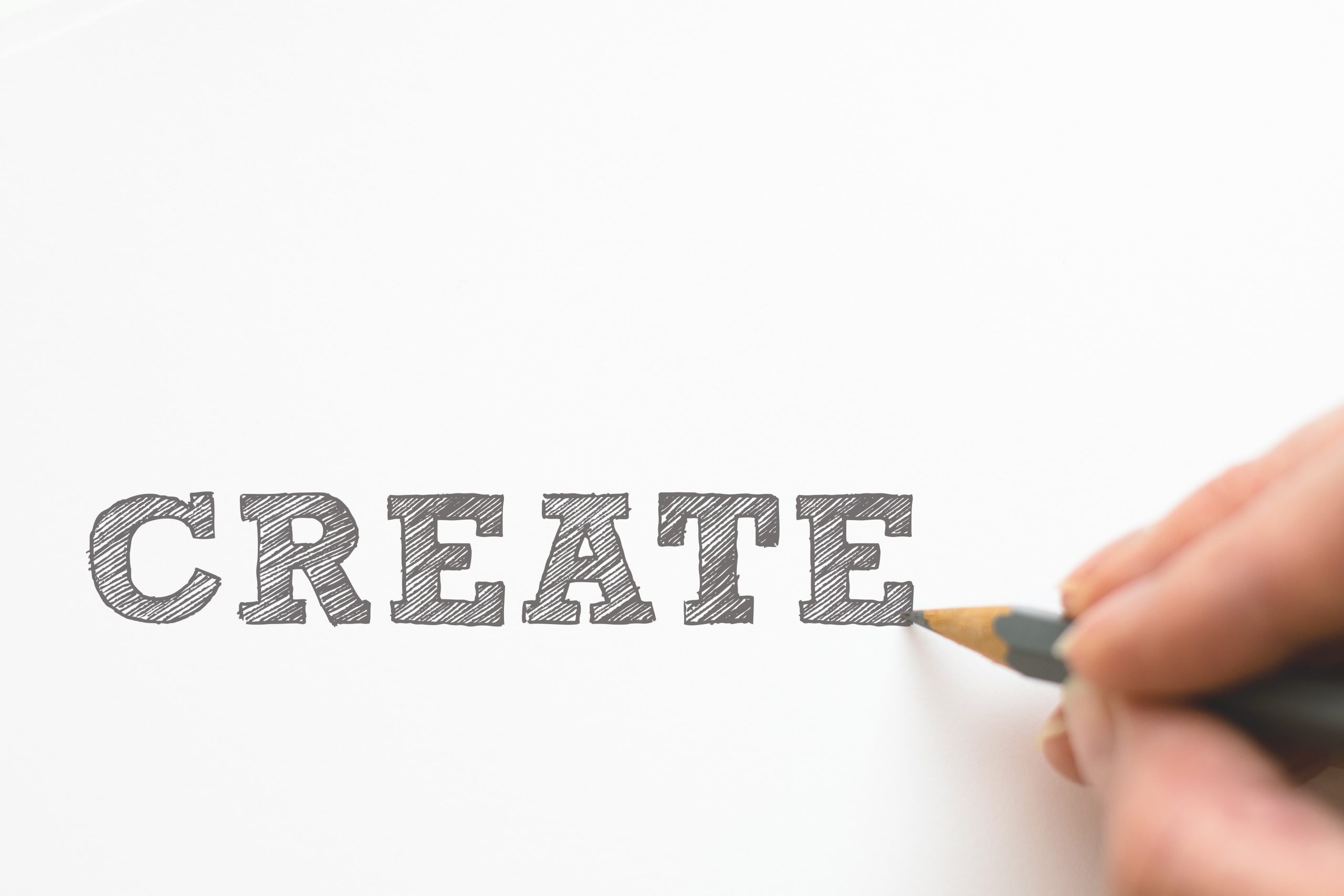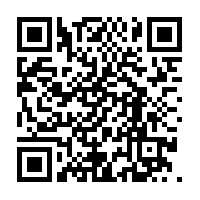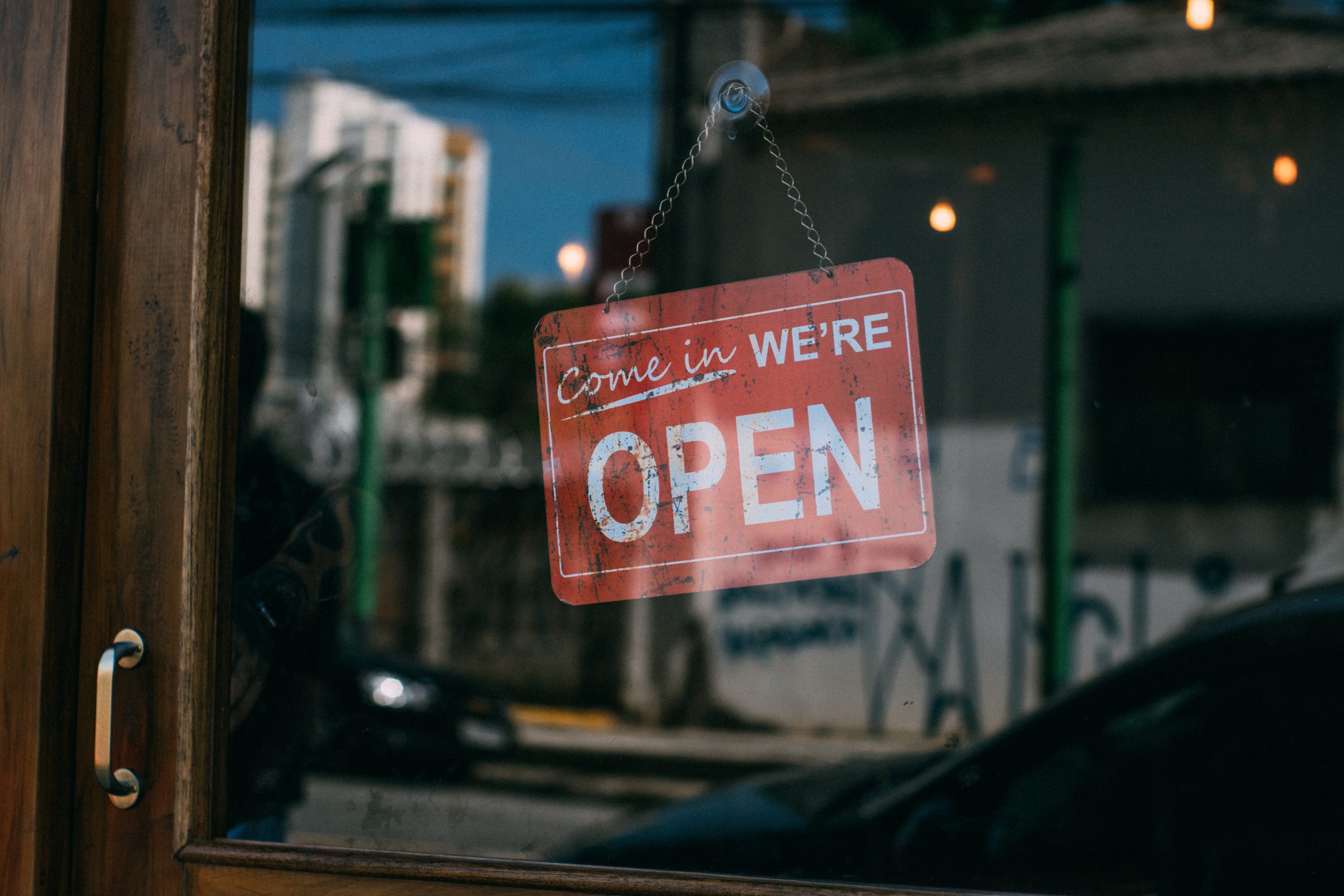12
License: Creative Commons Attribution license (reuse allowed) Attribution: What is OER? The Council of Chief State School Officers
What is OER
David Wiley one of the pioneers of OER helped coin the terms we refer to as the 5R’s of OER. The following table helps explain the concept of Open.
License: CC0
Defining the “Open” in Open Content
and Open Educational Resources
Open educational resources (OER) describe any copyrightable work (traditionally excluding software, which is described by other terms like “open source”) that is licensed in a manner that provides users with free and perpetual permission to engage in the 5R activities:
- Retain – the right to make, own, and control copies of the content (e.g., download, duplicate, store, and manage)
- Reuse – the right to use the content in a wide range of ways (e.g., in a class, in a study group, on a website, in a video)
- Revise – the right to adapt, adjust, modify, or alter the content itself (e.g., translate the content into another language)
- Remix – the right to combine the original or revised content with other material to create something new (e.g., incorporate the content into a mashup)
- Redistribute – the right to share copies of the original content, your revisions, or your remixes with others (e.g., give a copy of the content to a friend)
This material was created by David Wiley and published freely under a Creative Commons Attribution 4.0 license at http://opencontent.org/definition/.
Learning Objectives
- Define Open Educational Resources (OER)
- Explain the history of OER
- Discuss what is being done with OER today
- Compare and contrast research findings from OER vs Traditional Textbooks
SPARC (Scholarly Publishing and Academic Resources Coalition) provides the following definition of Open Educational Resources (OER).
“OER are teaching, learning, and research resources that are free of cost and access barriers, and which also carry legal permission for open use. Generally, this permission is granted by use of an open license (for example, Creative Commons licenses) which allows anyone to freely use, adapt and share the resource—anytime, anywhere. Open permissions are typically defined in terms of the “5R’s”: users are free to Retain, Reuse, Revise, Remix and Redistribute these educational materials.”
License: CC0.
The Hewlett Foundation, is one of the first institutions to invest in the field, at a time when MIT’s Open Courseware initiative and Creative Commons were in their infancy. They are one of the greatest charitable contributors to the OER movement. They tell us that, “OER includes full courses, course materials, modules, textbooks, streaming videos, tests, software, and any other tools, materials, or techniques used to support access to knowledge.”
Creative Commons
Creative Commons helps legally share knowledge and creativity to build a more equitable, accessible, and innovative world. They unlock the full potential of the internet to drive a new era of development, growth and productivity. With a network of staff, board, and affiliates around the world, Creative Commons provides free, easy-to-use copyright licenses to make a simple and standardized way to give the public permission to share and use thier creative work–on conditions of your choice.
The Creative Commons Search tool provides a link to search engines that provide ways for users to access content that is created and tagged with their licenses.
History Of OER
![[A GNU head]](https://www.gnu.org/graphics/heckert_gnu.transp.small.png)
Jeff Gallant, Program Manager at Affordable Learning Georgia,A University System of Georgia (USG) initiative to promote student success by providing affordable textbook alternatives, says that OER originated as software called Open-Source Software back in the “Academic” days of computing. Gallant, 2018 says that back in the 1950’s-1970’s software was freely shared and adapted. He states that back in the 1980’s was when the software became closed. Thanks to the GNU GPL or General Public License set forth by the Free Software Foundation, free software was shared using the first major open source license.
Wiley (2016), states that In 1994 Wayne Hodgins coined the term learning object, defined in the history of OER, is the popularization of the idea that digital materials can be designed and produced in such a manner as to be reused easily in a variety of pedagogical situations.
In the late 1990’s and early 2000’s as prices for textbooks began to soar, organizations began providing repositories for Open resources such as MERLOT (Multimedia Education Resource for Learning and Online Teaching) out of the California State University Center for Distributed Learning.
Open Access, which means free and unrestricted online availability, was originally described in the the Budapest Open Access Initiative in 2002. Peer reviewed Open Access journals, provide the public with the results of cutting edge scholarly research at no cost to the consumer.
Unesco is the United Nations Educational, Scientific and Cultural Organization. In 2002 Unesco held the first Global Forum on OER, where the term was officially adopted. Unesco says that, “Open Educational Resources (OER) provide a strategic opportunity to improve the quality of education as well as facilitate policy dialogue, knowledge sharing and capacity building.”
In 2007 The Open Education Declaration was signed in Cape Town “Convened by the Open Society Institute and the Shuttleworth Foundation, the meeting gathered participants with many points of view from many nations. This group discussed ways to broaden and deepen their open education efforts by working together.”
Cape Town Open Education Declaration
1. Educators and learners: First, we encourage educators and learners to actively participate in the emerging open education movement. Participating includes: creating, using, adapting and improving open educational resources; embracing educational practices built around collaboration, discovery and the creation of knowledge; and inviting peers and colleagues to get involved. Creating and using open resources should be considered integral to education and should be supported and rewarded accordingly.
2. Open educational resources: Second, we call on educators, authors, publishers and institutions to release their resources openly. These open educational resources should be freely shared through open licences which facilitate use, revision, translation, improvement and sharing by anyone. Resources should be published in formats that facilitate both use and editing, and that accommodate a diversity of technical platforms. Whenever possible, they should also be available in formats that are accessible to people with disabilities and people who do not yet have access to the Internet.
3. Open education policy: Third, governments, school boards, colleges and universities should make open education a high priority. Ideally, taxpayer-funded educational resources should be open educational resources. Accreditation and adoption processes should give preference to open educational resources. Educational resource repositories should actively include and highlight open educational resources within their collections.
License: Creative Commons Attribution license (reuse allowed) Attribution: CPT+10. Zehn Jahre nach der Cape Town Open Education Declaration OERinfo – Informationsstelle OER
OER TODAY
Today higher education institutions have taken a lead role in developing Open textbooks, which are textbooks, that have been funded, published, and licensed to be freely used, adapted, and distributed. They have also created OER Communities of Practice, committed to expanding access to education and increasing student success through adoption of open educational policy, practices, and resources.
OpenStax is a nonprofit based at Rice University, with a mission to improve student access to education. Their first openly licensed college textbook was published in 2012, and now have 29 Open textbooks for college and AP courses used by hundreds of thousands of students.

According to Nicole Finkbeiner, Associate Director, Institutional Relations, OpenStax, said that the following are benefits from implementing OER:
Increase your academic freedom to teach your course the way you want to
Every student will have IMMEDIATE access to their text
Every student will have UNLIMITED access to their text
Free versions of OER increase student retention and completion
Free textbooks increase student equity
Watch this video or scan the QR code to learn how OpenStax is making a difference in the lives of students.

The Open Textbook Network (OTN) out of the University of Minnesota, is an international OER Community of Practice. They currently have over 600 campus institutions represented. They are focused on the advocacy of OER to increase Adopt, Adapt, and Create efforts.
OTN, hosts the Open Textbook Library which contains almost 500 Open textbooks. They perform workshops with their member institutions. After the workshops they provide an opportunity for faculty to peer-review Open textbooks in their library. All of their textbooks are “free, openly licensed, and complete; their adoption creates a measurable, positive impact on student success.” They have a guide for Authoring Open Textbooks to help institutions create Open textbook content.
OER Research
License: Creative Commons Attribution license (reuse allowed) Attribution: What does the research say about OER? The Council of Chief State School Officers
The Open Education Group is an interdisciplinary group of people based at Brigham Young University who are passionate about improving education and partners who help them achieve their goals. They found that, “Given that (1) students and teachers generally find OER to be as good or better than traditional textbooks, and (2) students do not perform worse when utilizing OER, then (3) students, parents and taxpayers stand to save literally billions of dollars without any negative impact on learning through the adoption of OER.”
Key Terms
- Open Educational Resources (OER) describe any copyrightable work (traditionally excluding software, which is described by other terms like “open source”) that is licensed in a manner that provides users with free and perpetual permission.
- SPARC Scholarly Publishing and Academic Resources Coalition.
- Open permissions are typically defined in terms of the “5R’s”: users are free to Retain, Reuse, Revise, Remix and Redistribute these educational materials.
- Hewlett Foundation, is one of the first institutions to invest in the field, at a time when MIT’s Open Courseware initiative and Creative Commons were in their infancy. They are one of the greatest charitable contributors to the OER movement.
- Creative Commons helps legally share knowledge and creativity to build a more equitable, accessible, and innovative world. They unlock the full potential of the internet to drive a new era of development, growth and productivity.
- Creative Commons Search Tool provides a link to search engines that provide ways for users to access content that is created and tagged with their licenses.
- Learning Object, defined in the history of OER, is the popularization of the idea that digital materials can be designed and produced in such a manner as to be reused easily in a variety of pedagogical situations.
- MERLOT (Multimedia Education Resource for Learning and Online Teaching) out of the California State University Center for Distributed Learning.
- Open Access, which means free and unrestricted online availability, was originally described in the the Budapest Open Access Initiative in 2002.
- Unesco is the United Nations Educational, Scientific and Cultural Organization.
- The Open Education Declaration was signed in Cape Town “Convened by the Open Society Institute and the Shuttleworth Foundation, the meeting gathered participants with many points of view from many nations. This group discussed ways to broaden and deepen their open education efforts by working together.
- Open textbooks, which are textbooks, that have been funded, published, and licensed to be freely used, adapted, and distributed.
- OpenStax is a nonprofit based at Rice University, with a mission to improve student access to education. Their first openly licensed college textbook was published in 2012, and now have 29 Open textbooks for college and AP courses used by hundreds of thousands of students.
- Open Textbook Network (OTN) out of the University of Minnesota, is an international OER Community of Practice.
- The Open Education Group is an interdisciplinary group of people based at Brigham Young University who are passionate about improving education and partners who help them achieve their goals.
Key Takeaways
- Open permissions are identified by the “5R’s”: users are free to Retain, Reuse, Revise, Remix and Redistribute these educational materials.
- The Hewlett Foundation, is one of the first institutions to invest in the field, at a time when MIT’s Open Courseware initiative and Creative Commons were in their infancy.
- Today higher education institutions have taken a lead role in developing Open textbooks.
- Given that (1) students and teachers generally find OER to be as good or better than traditional textbooks, and (2) students do not perform worse when utilizing OER, then (3) students, parents and taxpayers stand to save literally billions of dollars without any negative impact on learning through the adoption of OER.
Exercises
- Describe what it means to actively participate in the emerging open education movement.
OER Derivative Licenses and Attributions
CC LICENSED CONTENT, ORIGINAL
Experiential Learning in Instructional Design and Technology, Chapter 4.1 What is OER. Provided by: the authors under an Attribution 4.0 International (CC BY 4.0) license.
The chapter contains quotes and adaptations from the following material:
https://sparcopen.org/open-education/.
David Wiley and published freely under a Creative Commons Attribution 4.0 license at http://opencontent.org/definition/.
budapestopenaccessinitiative.org/
http://openedgroup.org/review.
CC LICENSED CONTENT INCLUDED
Image 1: License: CC0
Image 2: License: CC0
Image 3: Free Art License
Image 4: License: CC0
Video 1 License: Creative Commons Attribution license (reuse allowed) Attribution: What is OER? The Council of Chief State School Officers
Video 2 License: Creative Commons Attribution license (reuse allowed) Attribution: CPT+10. Zehn Jahre nach der Cape Town Open Education Declaration OERinfo – Informationsstelle OER
Video 3 License: Creative Commons Attribution license (reuse allowed) Attribution: What does the research say about OER? The Council of Chief State School Officers

